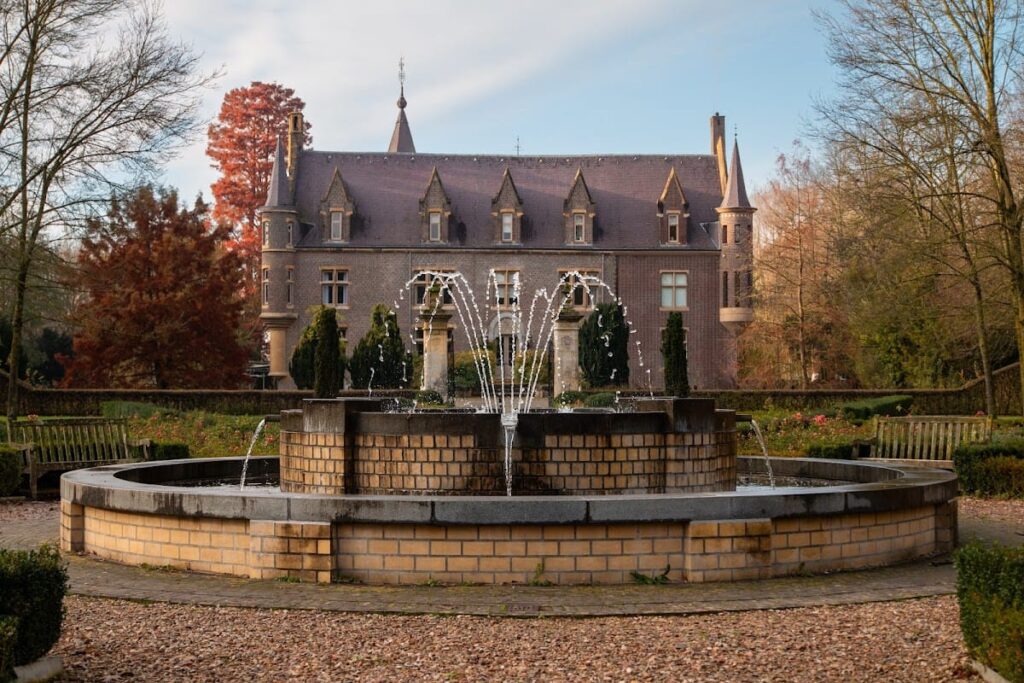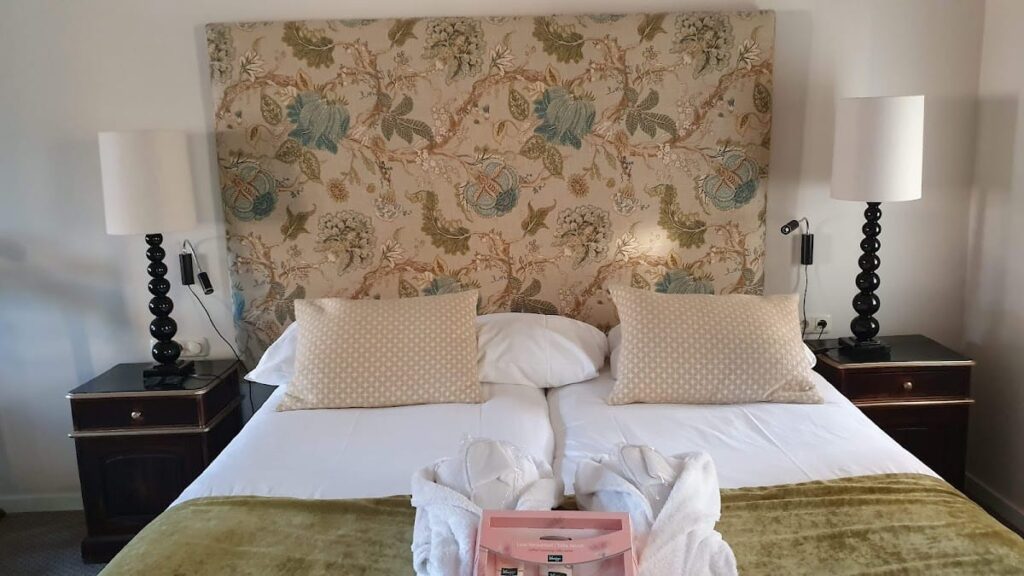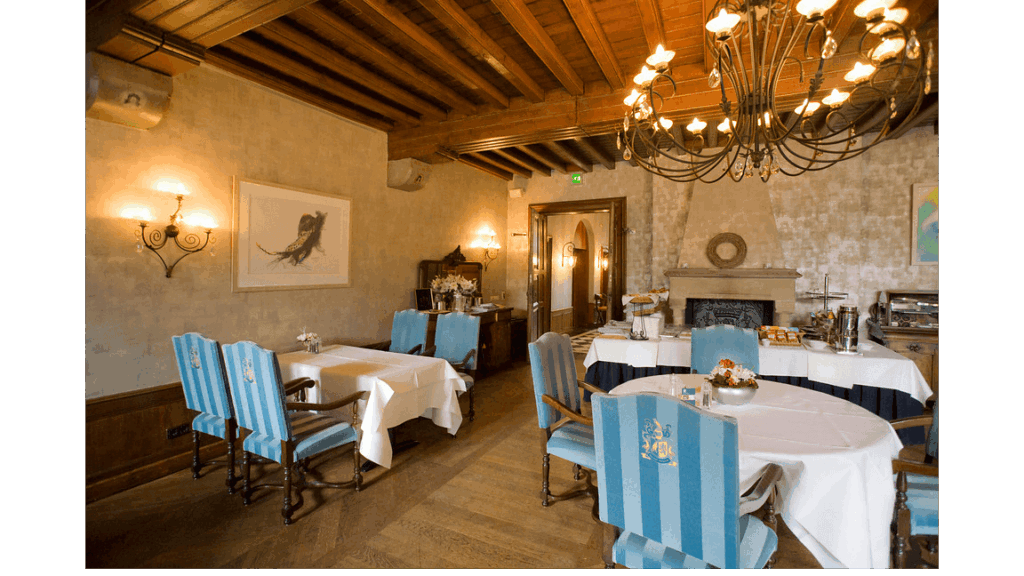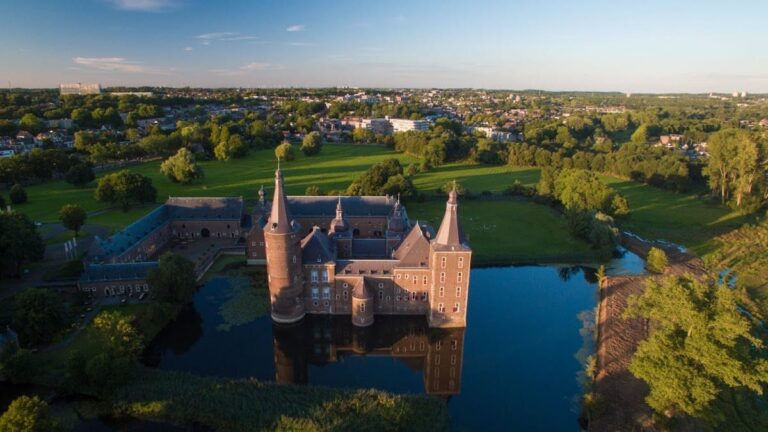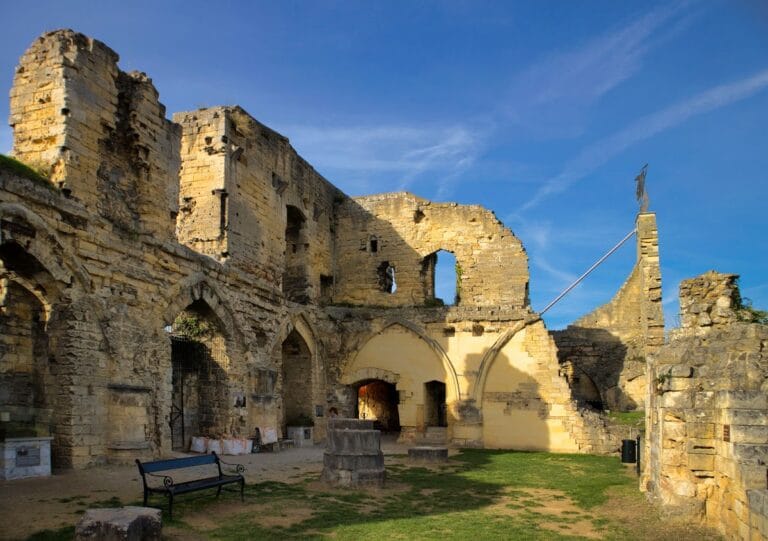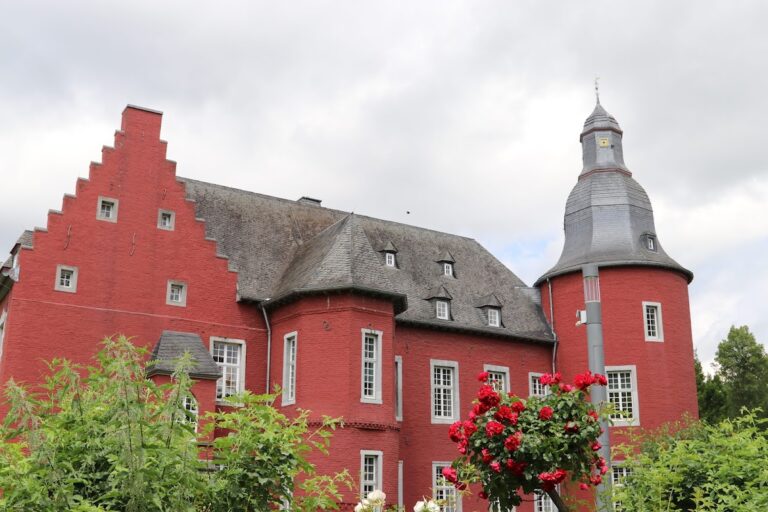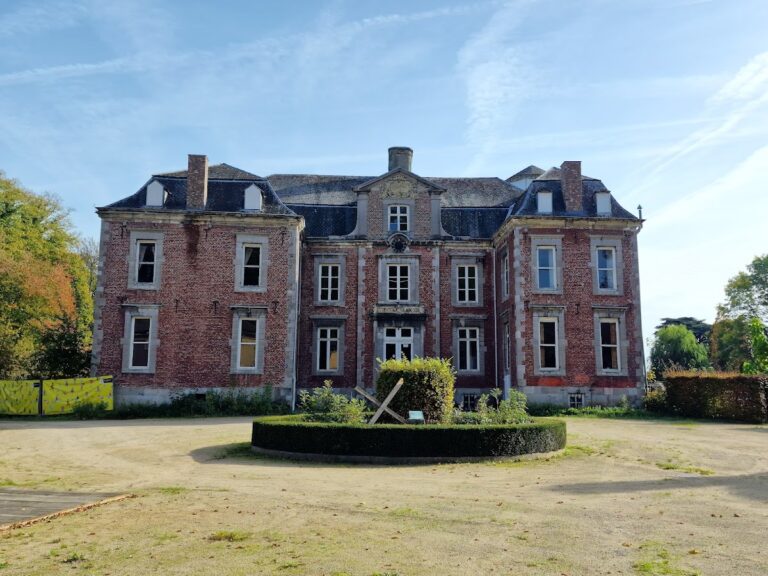Ter Worm Castle: A Historic Water Castle in Heerlen
Visitor Information
Google Rating: 4.6
Popularity: Medium
Google Maps: View on Google Maps
Official Website: www.terworm.nl
Country: Netherlands
Civilization: Medieval European
Remains: Military
History
Ter Worm Castle is situated west of the Eikenderveld district in Heerlen, on the eastern bank of the Geleenbeek river. The site, occupying nearly the entire width of the valley floor, has been known since the 14th century. Originally, it was a knightly estate under the Keur-Keulse mankamer in Heerlen and was first recorded as Van Geitsbach tot der Worm. The earliest documented owner was the Lord of Strijthagen in 1476, when the castle existed as a fortified water castle surrounded by a moat.
In 1498, ownership transferred to Diederick van Pallandt, the sheriff of Heerlen. By 1542, the castle, then owned by the Van Hallen family, was destroyed by fire. Around 1550, the Van Wijlre family rebuilt it in the original style but added a gable roof between two stepped gables. They used brick for reconstruction and painted the building white to mask the difference between the local marlstone and brick.
The Van Wylre family inherited the castle in 1568 and made several changes during the 17th century. Notably, in 1650, they extended the southern part of the castle on the site of the former courtyard. The estate remained with this family until 1738, when it passed to Vicenz Phillip Anton van der Heyden zu Belderbusch. In 1767, Count Maximilian van der Heyden-Belderbusch restored the castle and designed a French rococo garden on the grounds.
In 1840, the estate came into the possession of Antoinette Freiin von Böselager and her husband, Baron Otto Napoleon de Loë-d’Imstenraedt. Their family expanded the estate by acquiring nearby farms and properties. The castle received its current appearance in 1891 after a neo-Gothic renovation led by Franz Baron de Loë-Imstenraedt, following plans by L. de Fisenne.
Throughout most of the 20th century, the Oranje-Nassau coal mine owned the castle and estate. The castle served various functions, housing supervisors, artists, a forester, and a swimming instructor. A large outdoor swimming pool nearby was used by local residents for generations. After the mine closed, plans to build a large amusement park on the estate were abandoned following a popular protest in 1983. The castle fell into disrepair until the Van der Valk hotel chain purchased and restored it between 1997 and 1999. Before municipal reorganization, Ter Worm was counted among the five castles of Voerendaal.
Remains
The current Ter Worm Castle complex mainly dates from the 17th century, when the original 15th-century fortified structure was transformed into a residence. It has a T-shaped floor plan formed by two wings and is set on a fully moated site, maintaining the appearance of a water castle. The castle is built partly of Kunradersteen, a local marlstone, and brick. The brickwork is painted white to conceal the difference between the two materials.
Both wings feature gable roofs connected to stepped and bell-shaped gables. The main entrance is reached via a marl stone arch bridge constructed in 1843. At the rear corners of the castle are small corner turrets known as arkeltorentjes. A rear arch bridge provides access to the castle garden.
The oldest part of the castle is a projecting corner tower at the junction of the two wings. Originally a round tower from the 15th century, it was rebuilt into an octagonal shape during the 17th century. The outer bailey includes a U-shaped lower courtyard with a two-story gatehouse dated 1670, as indicated by year anchors. This gatehouse has a bluestone drawbridge front and a slate pyramid roof. Access to the gatehouse is via an arch bridge dating from around 1850.
Year anchors also date the west wing to 1716 and the south wing to 1718, the latter bearing a keystone with this date. The north wing contains a façade stone from 1621, reportedly taken from the nearby Eijckholt farm. The castle garden is a reconstruction based on archaeological excavations and research of the French rococo garden laid out in 1787 by Count Vincent van der Heyden-Belderbusch. It features authentic plantings such as espaliered fruit trees, roses, lavender, and boxwood, which define the garden’s structure.
Beneath the estate lie remnants of former coal mine tunnels, reflecting the site’s industrial past. The garden is publicly accessible and serves as a popular location for weddings.
